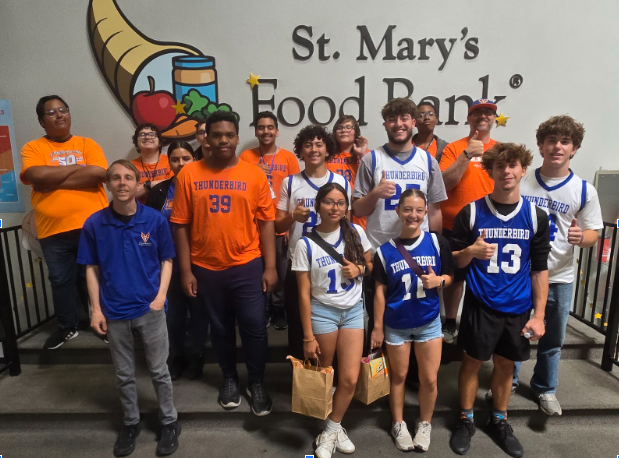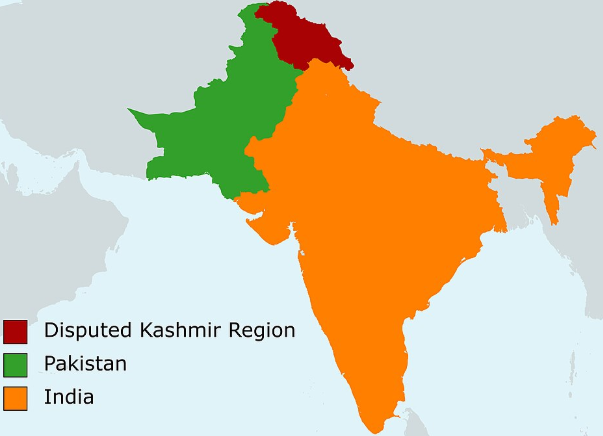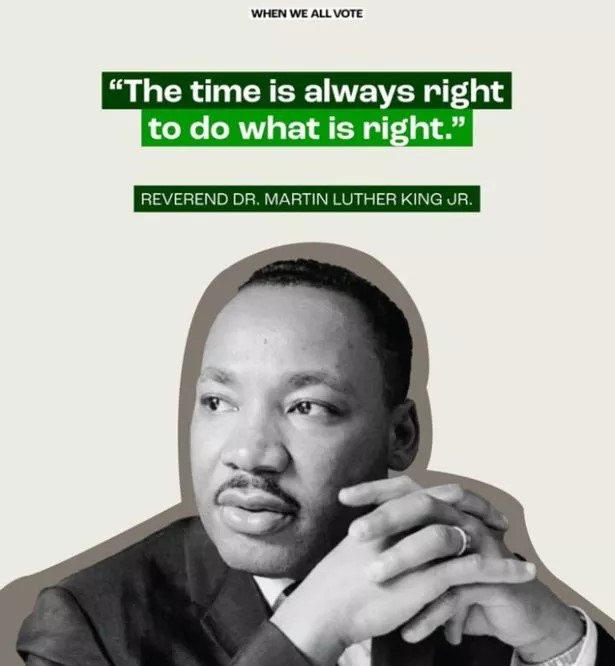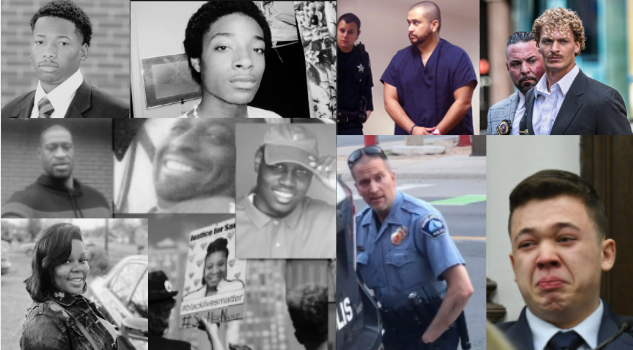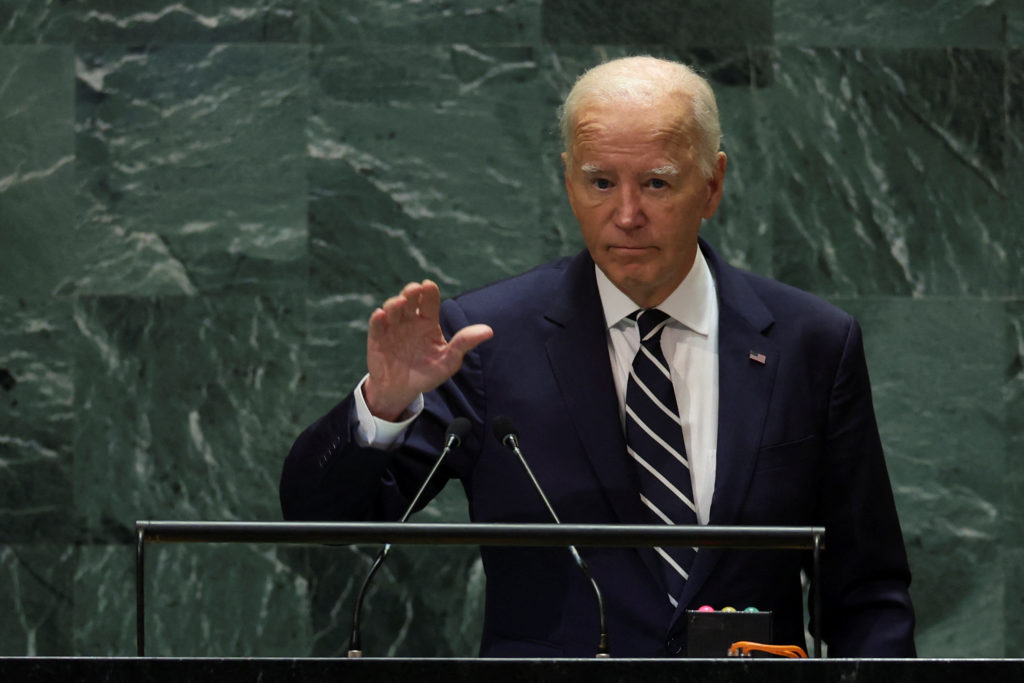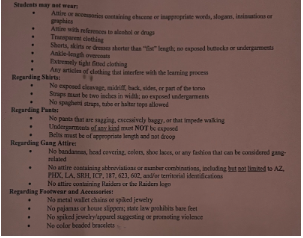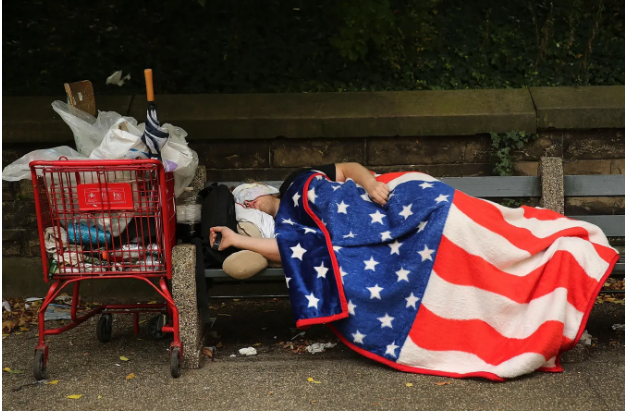The problem of homelessness in the USA is multifaceted and complex. It is a pervasive issue that affects individuals, families, and communities across the country. The first reason for the pervasive issue of homelessness in the USA is economic inequality. Many individuals and families experiencing homelessness are caught in a cycle of poverty, where they are unable to afford stable housing due to low wages. Poor people are frequently unable to pay for housing, food, childcare, health care, and education.
Difficult choices must be made when limited resources cover only some of these necessities..
According to the United States Census Bureau, the national poverty rate in 2016 was 12.7%. There were 40.6 million people in poverty. While the poverty rate has been slowly declining since 2014, a couple of factors account for continuing poverty:
Victims of domestic violence, especially battered women who live in poverty are often forced to choose between abusive relationships and homelessness. Conference of Mayors identified domestic violence as a primary cause of homelessness (U.S. Conference of Mayors, 2005)
Mental Illness also contributes on a major scale. Approximately 16% of the single adult homeless population suffers from some form of severe and persistent mental illness (National Coalition for the Homeless)
Among the states, within the cities,homeless population sizes range from approximately 600 people to more than 170,000. For example, during the 2022 PIT Count, Salem County, New Jersey reported only 20 people experiencing homelessness, compared to more than 65,000 people identified in Los Angeles. Resource needs and system challenges can vary significantly according to these different homeless population sizes.
Solving challenges in a few geographical jurisdictions (those with the largest unhoused populations) would significantly advance the goal of ending homelessness. Just five states (California, New York, Florida, Washington, and Texas) account for 55%of people experiencing homelessness. A mere 25 Continuums of Care (CoCs) account for 47% of all homelessness. Due to factors such as vulnerability and history of military service, these groups are often targeted by both government and non-governmental interventions. Notably, the nation’s progress on veteran homelessness has been particularly robust. The size of the group was cut in half over a decade-long period (2010-2020), decreasing by 50%. A total of 83 communities and 3 states have functionally ended veteran homelessness. Veterans have been the focus of concerted strategies and efforts (including governmental investments) that have been successful. Similar attention and resources could be extended to other subgroups in an effort to attain similar success (National Alliance to End Homelessness).
Rapid re-housing provides short-term rental assistance and services. The goals are to help people obtain housing quickly, increase self- sufficiency, and stay housed. It is offered without preconditions (such as employment, income, absence of criminal record, or sobriety) and the resources and services provided are typically tailored to the needs of the person. Rapid re-housing is a primary solution for ending homelessness. By connecting people with a home, they are in a better position to address other challenges that may have led to their homelessness, such as obtaining employment or addressing substance abuse issues National Alliance to End Homelessness

